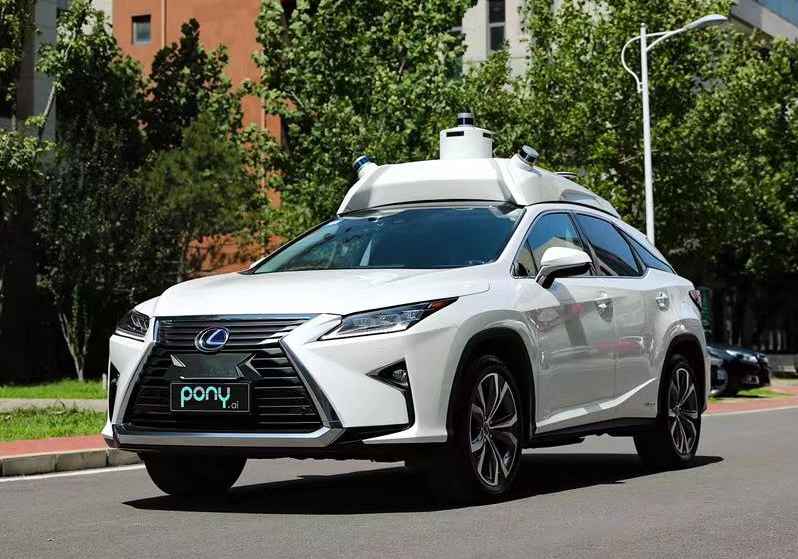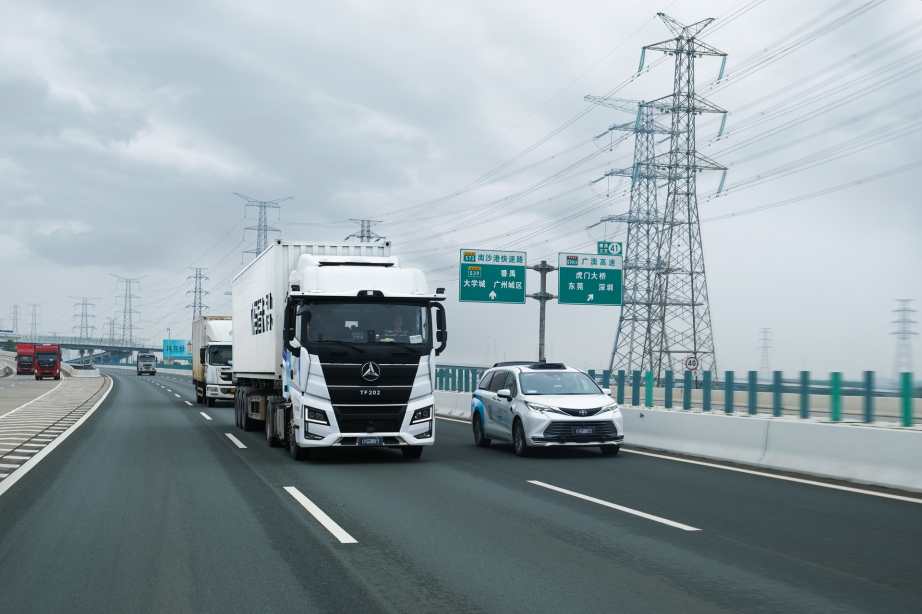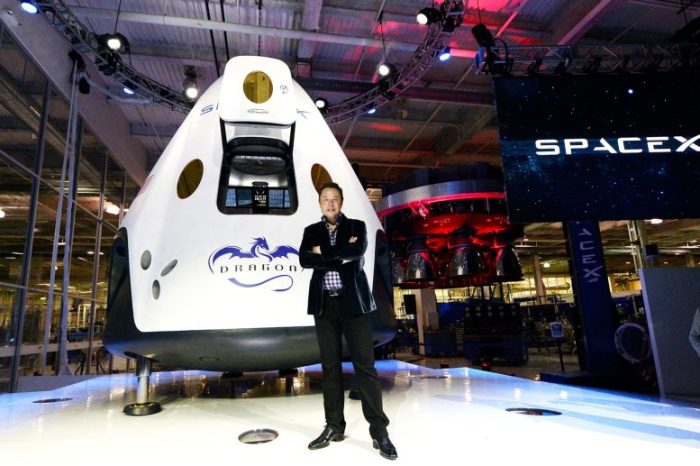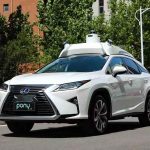Toyota-backed self-driving startup Pony AI seeks $4.48 billion valuation in U.S. IPO
Posted On November 15, 2024
0
2.5K Views

Trending Now
Top Startup and Tech Funding News – December 2, 2025
December 2, 2025
Top Startup and Tech Funding News – December 1, 2025
December 1, 2025





